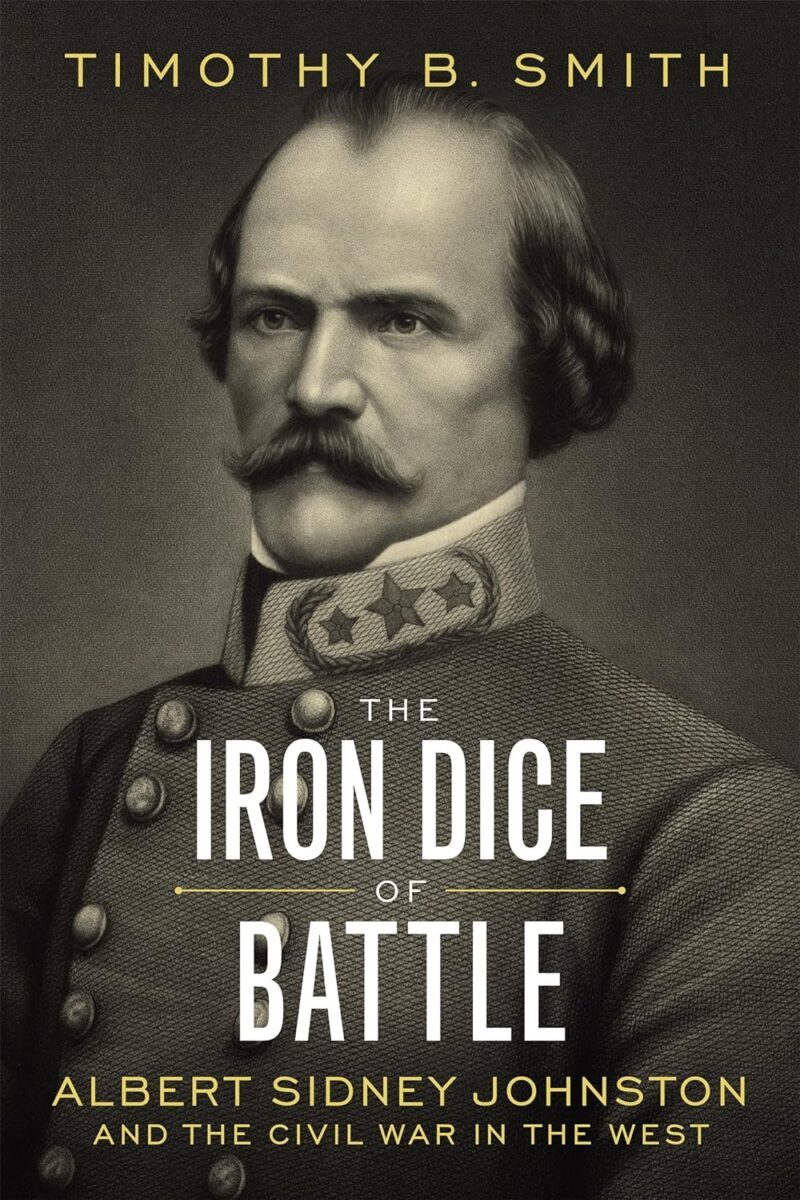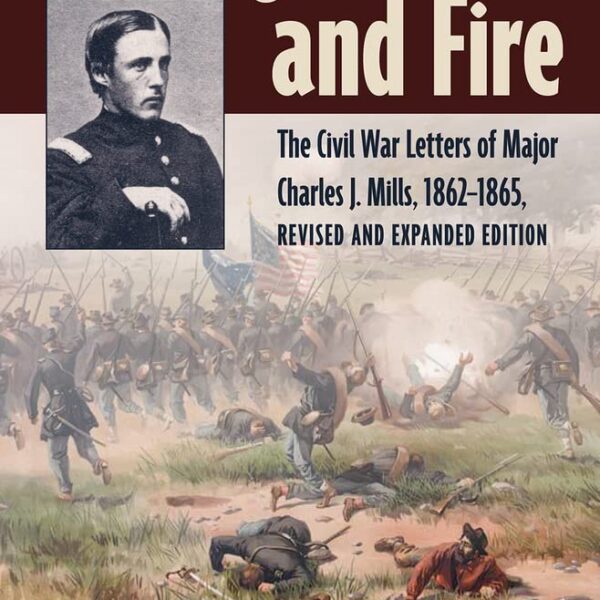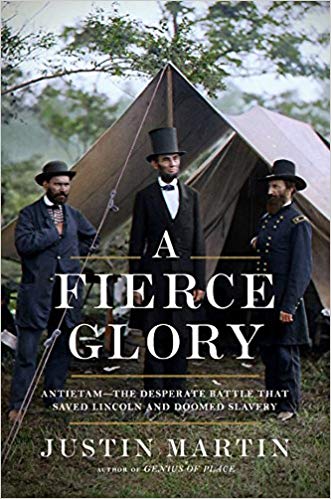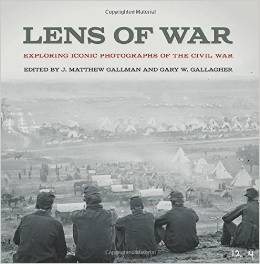In Timothy B. Smith’s The Iron Dice of Battle: Albert Sidney Johnston and the Civil War in the West, one of our most prolific Civil War military historians supplies a new and overdue study of one of the most debated figures of the western theater. Not a full-scale biography, this account instead endeavors to analyze the command decisions that Johnston made during the Civil War. According to Smith, Johnston would have likened himself to a methodical chess player, always calculating his next move; yet, throughout his life, circumstances called on Johnston to act like a high stakes gambler. When Johnston could think methodically like a chess player, he often excelled; when circumstances went against him (when he experienced the loss of his older half-brother, Josiah Stoddard Johnston, for example), Johnston resorted to a series of ill-considered gambles that proved to add hardship to his life.
During his time at West Point and his service in both the Black Hawk and Mexican Wars, Johnston developed a warm friendship with Jefferson Davis. Davis proved crucial in obtaining Johnston’s command of the famed 2nd U.S. Cavalry before the war and later sought him out for a major command in the newly formed Confederate states. Davis characterized Johnston as the “man above all others” and the ideal commander for the Confederacy’s Department No. 2 (a vast region that expanded from the Indian Territory to Tennessee).
Once in command, Johnston inherited an impossible position. Still, he blundered when Union forces began to make an aggressive push along his front in early 1862. “Johnston the methodical and restrained chess player was far too lenient in military command, unable to gamble and bluff quickly and effectively enough to win,” Smith writes (xiii). While Smith makes it clear that Johnston should not shoulder all the blame for early Confederate setbacks in the west, his command style by no means helped the situation. Johnston failed to prove decisive when giving orders—often because he viewed subordinates like Leonidas Polk and John B. Floyd as equals.
The loss of over ten thousand troops at Fort Donelson and much of the Mississippi River Valley ultimately forced Johnston to take a series of gambles. These gambles led him to the battlefield of Shiloh, where he would wager it all. For Smith, “Johnston had entered the Battle of Shiloh a desperate man…determined to do everything in his power to achieve” victory (163). Seeing that his reputation was on the verge of collapse, Johnston in his last, great gamble exposed himself constantly to enemy fire while threading troops into the fight. While Johnston was able to rally his troops at crucial moments on April 6, 1862, his recklessness ultimately cost him his life. While the Battle of Shiloh would not prove to be the victory Johnston was hoping for, many across the South began to view the slain commander as a martyr for the Confederate cause. Johnston’s death, Smith writes, “perhaps cost the Confederacy to a greater degree than most anyone could have envisioned at the time” (168). The western theater’s command structure would never see solidarity again. How Johnston might have fared if he lived, of course, historians will never know, but Smith concludes that he probably would have not fared any worse than those who commanded after him.
The Iron Dice of Battle offers a fresh interpretation of the often-overlooked Albert Sidney Johnston, who has not been the subject of a scholarly biography in more than a half century. As Smith states, his work should serve as a “think-piece” on Johnston’s command style rather than a major biographical work. All in all, the author concludes, Johnston was a flawed individual who did the best he could while inheriting an impossible position. Hopefully, this solid study will encourage further reexaminations of other western theater generals and their command styles during the Civil War.
Riley Sullivan teaches U.S. history at San Jacinto College in Pasadena, Texas.





